科学家声称发现人类从未见过的「全新颜色」
一组科学家声称,他们发现了一种人类从未见过的新颜色。
这项研究源自美国进行的一项实验,研究人员向参与者眼中发射激光(激光)脉冲,借此刺激视网膜中特定细胞。
参与者表示,他们看到了一种蓝绿色的颜色,科学家将其命名为「olo」。 不过,有专家认为,这是否构成「新颜色」仍有待商榷。
这项研究成果已于上周五发表在《科学进展》(Science Advances)期刊上。 研究合着者、美国加州大学教授吴义仁(Ren Ng)形容这项发现「相当惊人」。
他和研究团队认为,这项成果有可能推动色盲研究的进展。
吴义仁教授也是五位实验参与者之一。 他周六(4月19日)在英国广播公司(BBC)第四电台《Today》节目中表示,olo这种颜色比现实世界中所见的任何颜色都更加饱和。
他举例说:「就像你一辈子看到的都是粉红色、浅粉红或粉彩粉红。 然后有一天你看到有人穿了一件衬衫,是你从未见过、最鲜明的粉红色。 对方说,这是一种新颜色,我们叫它'红'。」
A team of scientists claims they have discovered a new color that humans have never seen before.
The study stems from an experiment conducted in the United States, where researchers fired laser (laser) pulses into the eyes of participants to stimulate specific cells in the retina.
Participants said they saw a blue-green color, which scientists named "olo". However, some experts believe that whether this constitutes a "new color" remains to be discussed.
The research results were published in the journal Science Advances last Friday. Study co-author Ren Ng, a professor at the University of California, described the discovery as "quite amazing".
HTTPs://mip.xvsqhtx.coM
He and the research team believe that this achievement has the potential to promote the progress of color blindness research.
Professor Ng was also one of the five participants in the experiment. He told the BBC Radio 4 Today program on Saturday (April 19) that the color olo is more saturated than any color seen in the real world.
He gave an example: "It's like all your life you've seen is pink, light pink or pastel pink. Then one day you see someone wearing a shirt, the brightest pink you've ever seen. The person says, this is a new color, we call it 'red'."
在这项实验中,研究人员将激光光束照射进每位参与者一只眼睛的瞳孔中。
四男一女共五人参与这次实验,他们皆具备正常色觉。 其中三人同时也是这篇论文的作者,包括吴义仁教授。
根据研究论文,参与者通过一种名为Oz的设备观察。 这套装置由镜子、激光与光学元件组成,由加州大学柏克莱分校与华盛顿大学的团队开发,并为这次研究进行升级。
视网膜是眼睛后方一层对光敏感的组织,负责接收并处理视觉讯息。 它将光转换为电信号,通过视神经传送至大脑,使我们得以看见物体。
视网膜中包含锥状细胞,专门负责感知颜色。
人眼中有三种锥状细胞——S、M、L型,分别对蓝光、绿光和红光的波长特别敏感。
论文指出,在正常视觉情况下,「任何能刺激M型锥状细胞的光,同时也会刺激邻近的L型和/或S型细胞」,因为它们的感光范围有所重叠。
然而在这项实验中,激光光只刺激了M型细胞,原则上会向大脑传送一种自然视觉中不可能出现的颜色讯号。
换句话说,olo这种颜色无法靠肉眼在现实世界中看见,必须透过特定的视觉刺激才能呈现。
为了验证自己看到的颜色,每位参与者都使用一个可调整的色彩转盘,试图调出与olo最接近的颜色。
不过,有些专家对这个「新颜色」的说法持保留态度,认为这比较像是一种「主观诠释」。
伦敦大学圣乔治学院(St George's, University of London)视觉科学家约翰·巴伯(John Barbur)教授并无参与这项研究。 他指出,虽然这项技术能选择性地刺激特定锥状细胞,是一项「科技上的成就」,但「新颜色是否存在仍有争议」。
他解释,如果大量刺激红色锥状细胞(L型),人们会「感觉到一种深红色」,但这种颜色的亮度可能因为细胞感光度的变化而改变,而这与此次研究的情况类似。
吴义仁教授坦言,olo确实非常难以从技术上再现,但研究团队正进一步分析这项发现,希望未来能应用在帮助色盲患者上,特别是在改善他们分辨颜色的能力方面。
In the experiment, the researchers shone a laser beam into the pupil of one eye of each participant.
Five people, four men and one woman, all had normal color vision. Three of them are also authors of the paper, including Professor Wu Yiren.
According to the research paper, the participants looked through a device called Oz. The device, which consists of mirrors, lasers and optical components, was developed by a team at the University of California, Berkeley and the University of Washington and upgraded for this study.
The retina is a layer of light-sensitive tissue at the back of the eye that receives and processes visual information. It converts light into electrical signals that are sent to the brain through the optic nerve, allowing us to see objects.
The retina contains cones, which are specialized for perceiving color.
HTTPs://mip.jyahlaq.coM
There are three types of cones in the human eye - S, M and L, which are particularly sensitive to wavelengths of blue, green and red light, respectively.
The paper points out that under normal vision, "any light that stimulates an M-type cone will also stimulate neighboring L-type and/or S-type cells" because their light sensitivity ranges overlap.
However, in this experiment, the laser light only stimulated the M-type cells, which in principle would send a color signal to the brain that is impossible in natural vision.
In other words, the color olo cannot be seen in the real world with the naked eye and must be presented through specific visual stimulation.
To verify the color they saw, each participant used an adjustable color wheel to try to adjust the color closest to olo.
However, some experts are reserved about the claim of this "new color", believing that it is more like a "subjective interpretation".
Professor John Barbur, a visual scientist at St George's, University of London, who was not involved in the study, pointed out that although this technology can selectively stimulate specific cone cells, it is a "technological achievement", but "the existence of new colors is still controversial."
He explained that if red cone cells (L-type) are stimulated in large quantities, people will "feel a deep red", but the brightness of this color may change due to changes in the sensitivity of the cells, which is similar to the situation in this study.
Professor Wu Yiren admitted that OLO is indeed very difficult to reproduce technically, but the research team is further analyzing this discovery and hopes that it can be used to help color blind patients in the future, especially in improving their ability to distinguish colors.


